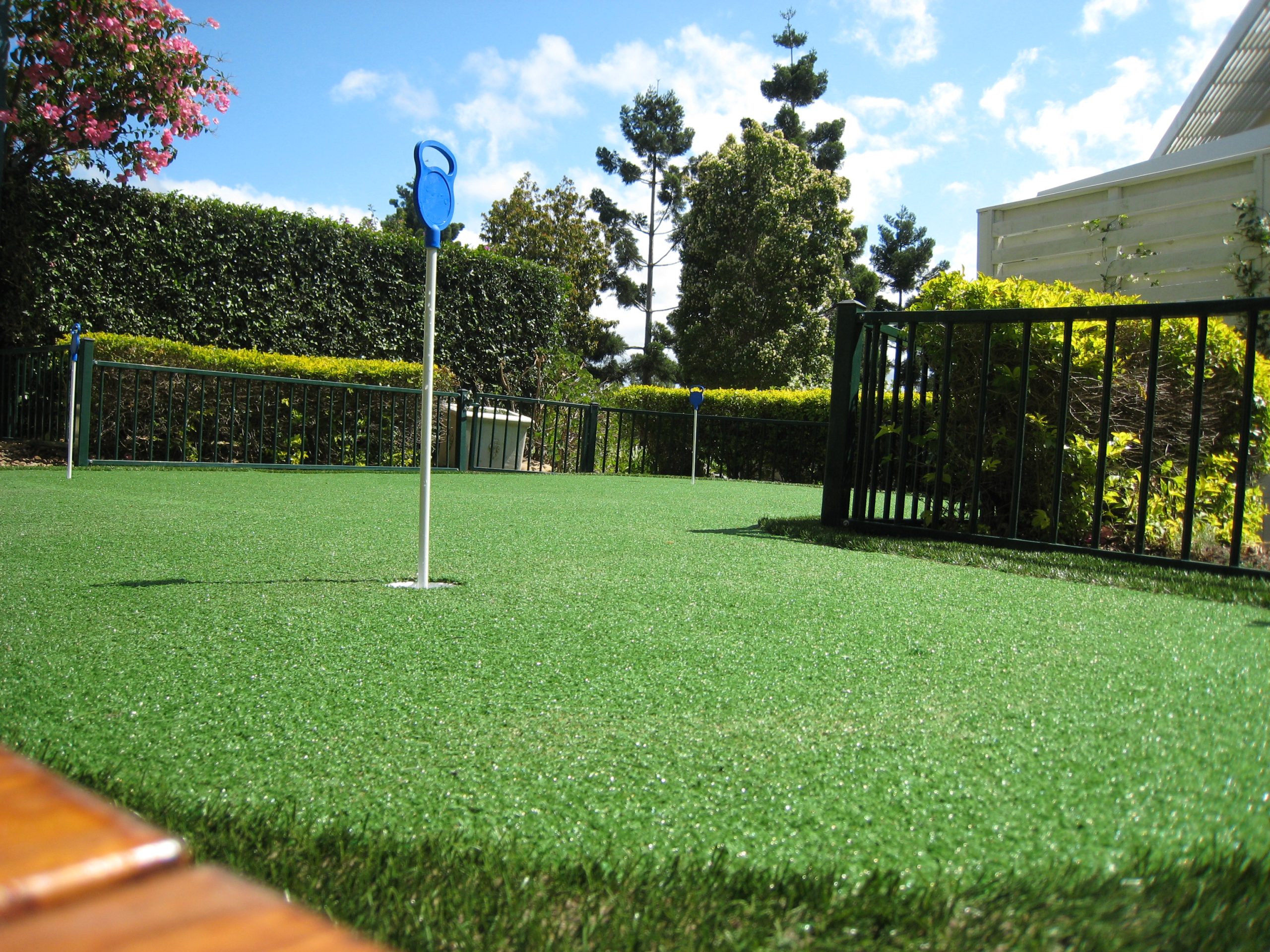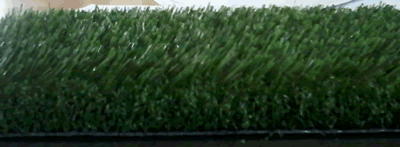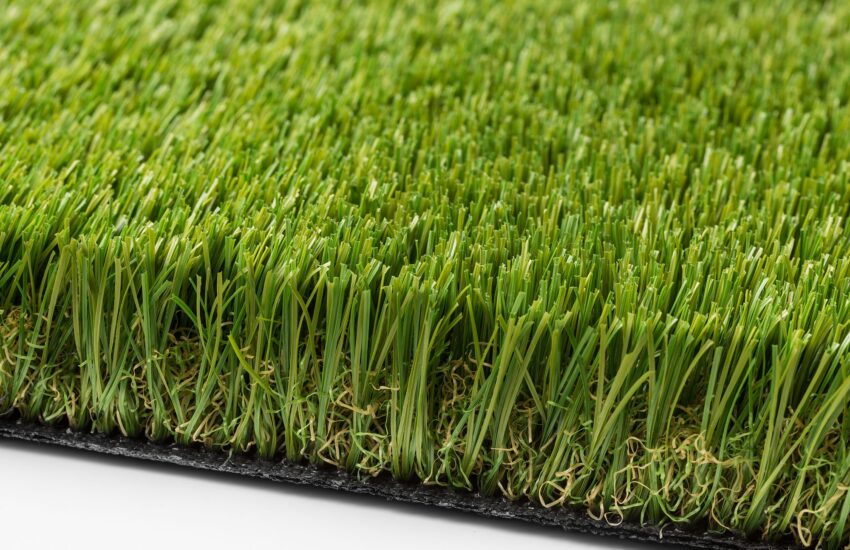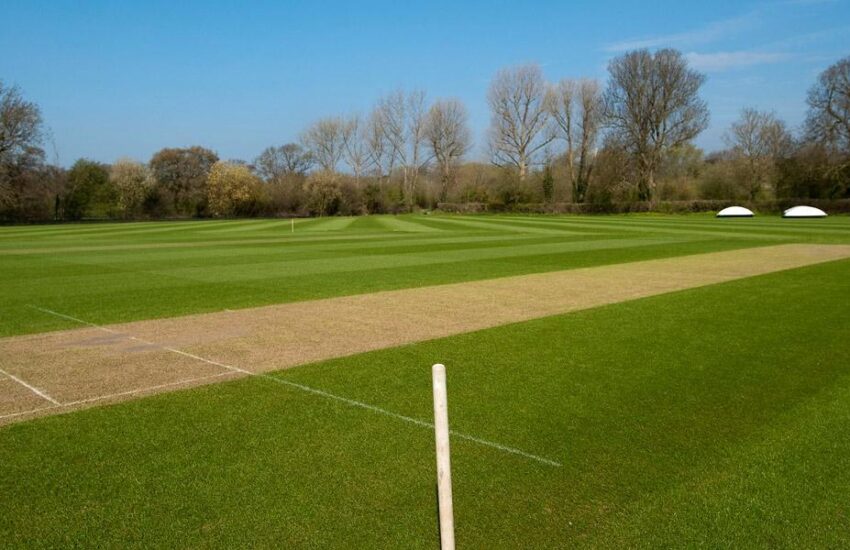Exactly Why Artificial Turf Is Eco Friendly
Consumers are continually searching for ways that their personal choices can make a difference to the earth, and through minimizing greenhouse gas emissions to saving biodiversity, artificial turf could make a big difference. Standard grass lawns all too often ends in wasted water and unsafe back gardens through watering plus the usage of pesticides and herbicides. Synthetic turf is a chance to lower your carbon dioxide footprint, lessen your water consumption, and also give protection to local wildlife- with a single life-style change.
There are 1,000’s of web sites with important information related to ‘artificial grass sample’ this could be possibly one of the best sites www.artificialgrassmaintenance.co.uk
Saves Water
For you to look after regular grass lawns regular watering is important, particularly for the whole of Summertime, and this intense water usage has negative impacts on the planet. One benefit of synthetic grass is that hardly any watering is required to keep it looking good. Synthetic grass is not going to dry up or perish with the high temperatures like standard grass, therefore with specialists like, you do not have to waste important water resources on grass.
Conserving resources such as water has started to become more essential and really should contribute to your decision concerning grass. Artificial grass lawns is only going to necessitate hosing down if mud or dirt has to be cleaned up and removed, and typically a little bit of rain can do this task for you!
Lessens Greenhouse Gas Emissions
If lowering your carbon foot print is significant to you then artificial grass will be the route to take. The lower upkeep that is required means that minimal equipment is required- no lawnmowers, grass clippers, or scarifiers required, which all use fossil fuels. Artificial grass is always trimmed and weedless from the minute it is put in, and that means you don’t need to depend on any harmful lawnmowers or cutters.
Not using any of these pieces of equipment will decrease your petrol and diesel usage, and consequently lessen greenhouse gas pollution.
No Toxic Outdoor Areas
Grass demands the use of fertilisers, pesticides, and other harsh chemicals to kill weeds and to keep your grass looking fresh. In addition to being made from materials such as fossil fuels (further increasing greenhouse gas emissions), you can run the risk of your grass becoming toxic. This creates a dangerous environment, especially for pets and children.
Protecting Land And Water Biodiversity
An additional negative effect of applying harsh chemicals on grass lawns is hazardous toxic run-off that happens when it rains. The rain carries the harmful chemicals that are on the grass across surface areas and can even wind up in local aquatic systems, such as fish ponds and streams, in some instances wiping out the aquatic life. Intense amounts of hazardous chemical substances running into aquatic environments are also able to trigger algal blooms, which drastically diminishes the oxygen levels within the water. The fish can then get sick and/or deplete, causing a population decrease, and reducing local biodiversity.
Occasionally these agal blooms could also become harmful to humans because they generate bacteria growth and increased contaminant levels in water. This may cause individuals to become sick when they encounter the polluted water, through either consuming the polluted water or consuming contaminated fish.
Artificial grass has no need for any harsh chemical contaminants and offers a solution to the damaging impacts of maintaining regular grass.




